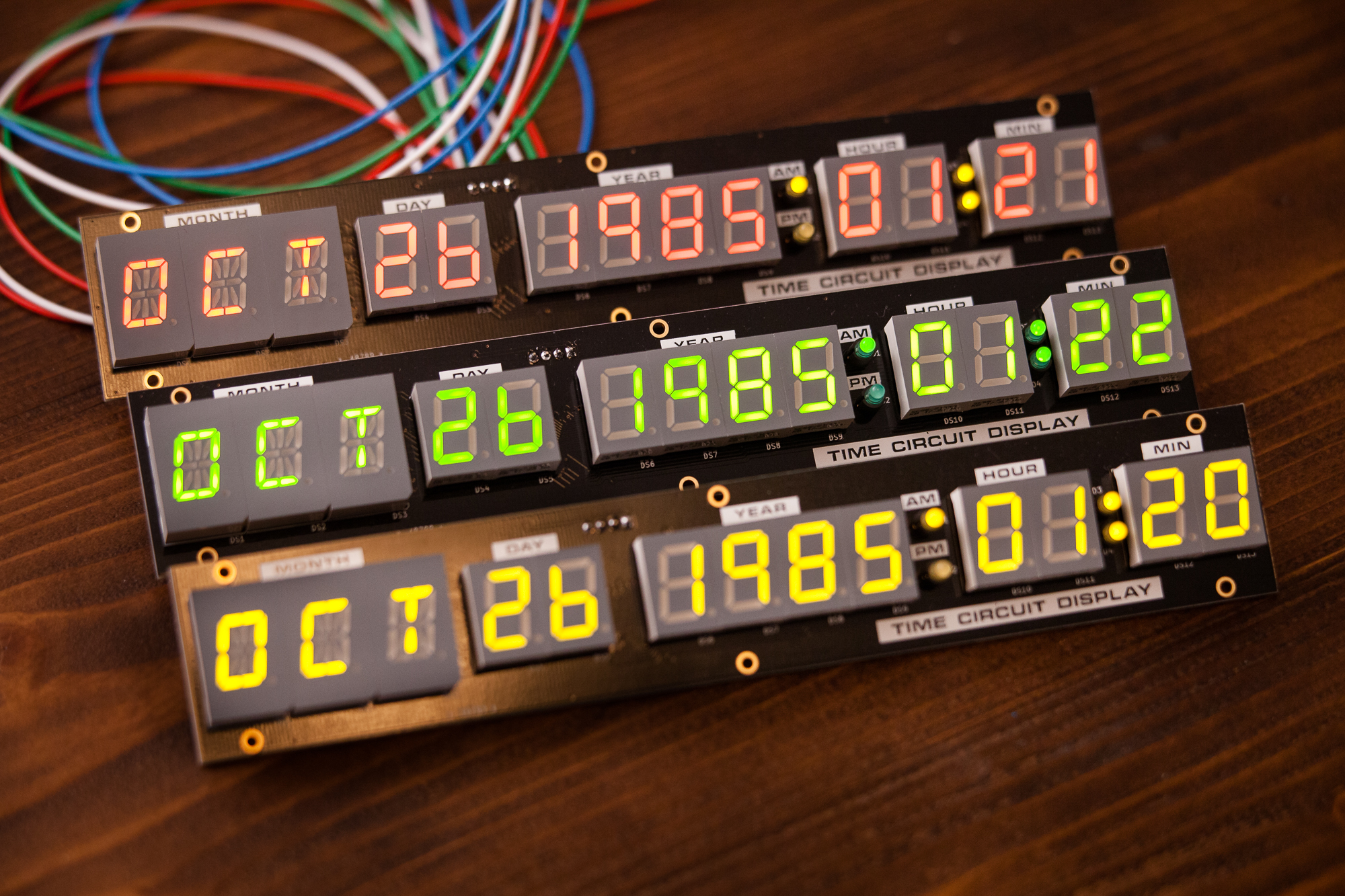How to Build a DIY Logitech Pedals USB Adapter
The new Logitech racing wheels come in two parts: the wheel “base” which contains the steering wheel proper, and an add-on peripheral with gas, brake, and clutch pedals. This pedal peripheral is quite well built with a metal frame, aluminum pedal faces, and user swappable springs. It even has mounting points for hanging the pedals upside-down or attaching them to a sim racing rig. Despite these perks, the pedals cannot function on their own – they must be plugged into the wheel base in order to work over USB. If you want to use these pedals with a different wheel setup, you need some sort of USB adapter.
I’m going to show you you can how to build your own DIY USB adapter for these Logitech pedals in under 15 minutes using only a handful of parts. This is an easy project and requires absolutely no soldering.
(more…)







